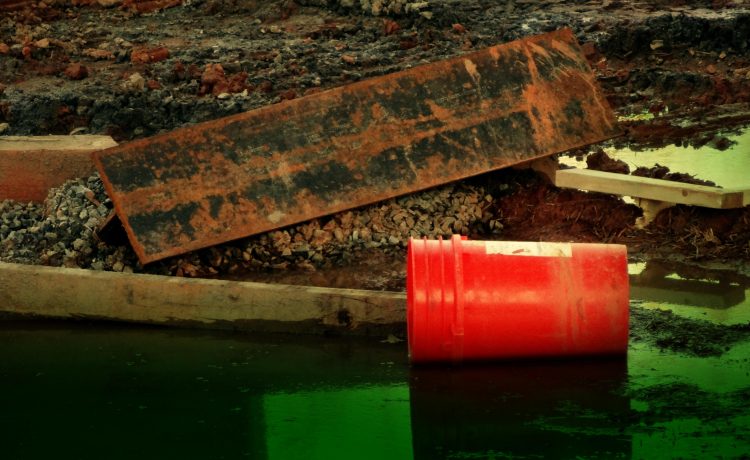We are leading remediation for a client that has a multiple-plume site, with mixed contaminants in several of the plumes. The primary contaminants are trichloroethylene (TCE), hexavalent chromium, and mixed petroleum hydrocarbons. This site has a number of challenging aspects, including NAPL phases and difficult hydrogeological properties that make amendments tricky.
The first phase of work included a detailed sampling and data analyses campaign to identify the critical biogeochemical parameters influencing contaminant attenuation. Previous remediation strategies were ineffective, and the detailed data analyses were necessary to determine the most appropriate strategies going forward.
In the area of the plume with mixed TCE and chromium, one major influence identified was the presence of high manganese dioxide mass, which will limit both microbial and chemical Cr(VI) reduction. We developed a remediation system built on combined microbial Fe(III) and Mn(IV) reduction, which in turn stimulated microbial and chemical Cr(VI) reduction. Most recent data indicate the TCE is also being reduced; this dechlorination activity will increase as the Cr(VI) concentration decreases.
In the combined TCE and petroleum hydrocarbon plume the issue was related to electron donor concentration. In typical cases involving TCE, the electron donor is limiting. At this site, electron donor concentration was already too high, which runs counter to most TCE remediation approaches. The standard approach is to add an electron donor, which did not work at this site. Instead, we determined that the presence of a NAPL phase was influencing the overall attenuation of TCE, and in areas not impacted by NAPL TCE was being completely reduced. We continue to work on this site as the remediation lead.

